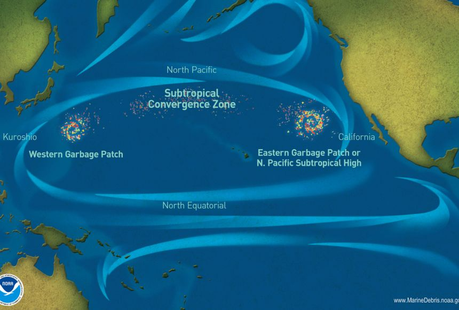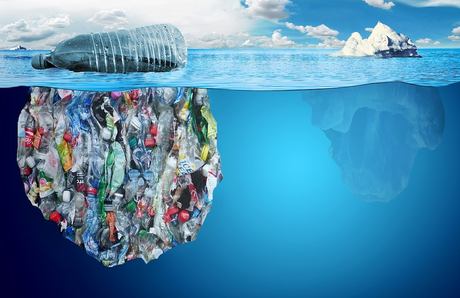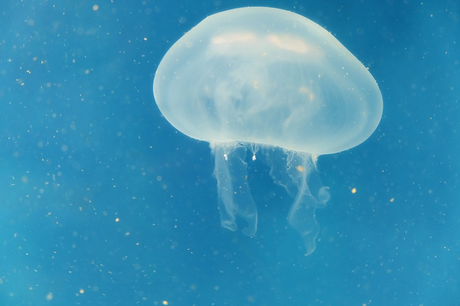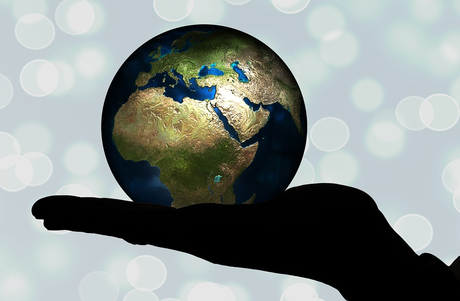Hello everyone, I hope all is well with you. I’ve had a busy week of work and writing. I was able to get up north for the weekend, and it was great. I needed to get away and relax. Summer is almost over. Sob.
But it was nice to get out in the sun and enjoy the wind and water. I’m sure I got plenty of Vitamin D this weekend. But enough about that. Today, I’d like to talk about The Great Pacific Garbage Patch.
As I strolled along the beach, the wind blew strong, and the waves beat the shore. The waves brought sand, shells, and small rocks to the shore along with plastic. There was a sandal, a couple plastic bottles, a child’s shovel, and beer cans.

This got me thinking about the oceans and all the plastic floating in them. I’m sure you’ve heard about the Great Pacific Garbage Patch. It’s actually two large patches of marine debris floating in the Pacific Ocean. One is off the coast of Japan and is called the Western Garbage Patch, and the other is the Eastern Garbage Patch floating between the Hawaiian Islands and California.

The patches are considered vortexes of plastic waste and debris broken down into smaller pieces. The Garbage patch is bounded by the North Pacific Subtropical Gyre. A Gyre is defined as a large system of swirling ocean currents. These currents pull the debris into the center where it’s very stable, and that’s where they stay.
We need to clean this up. It affects our sea life in a variety of ways. It looks like jellies to loggerhead sea turtles, and they eat this plastic. Of course, it can’t be digested so it causes internal damage and death to many. Other sea creatures feed this to their young and again the results are the same.

This is going to have a huge effect on the ecosystem of our oceans. That same ecosystem we depend on to get our seafood. Now, I’ve got your attention, right? 😉
The problem is no country wants to claim responsibility to clean this up. It’s going to be expensive. Of course, it is. When we humans mess something up we do it all the way.
Here’s where I believe a global coalition will work wonders. If all the countries participate, and all share in the costs, we’ll all benefit. Let’s face it we’re all to blame. Let’s get going on this before it’s too late and that garbage patch gets any bigger. I know I’m being idealistic, but why don’t we give it a shot? Do you have any ideas on what we could do? Leave a comment! I’d love to hear from you!

